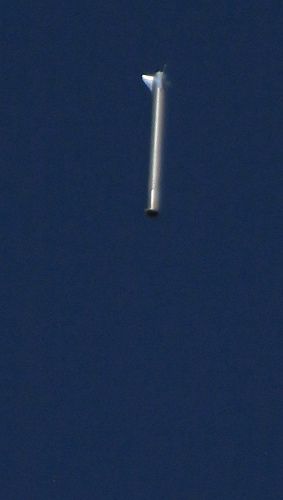David de Bruyn
Member
- Joined
- Nov 21, 2011
- Messages
- 23
- Reaction score
- 1
View attachment 140771
Every Pro98 6GXL nozzle I have seen post-burn has looked something like this; I always assumed it was crash damage, but our nozzle was ~1' inside the motor case-no way it could have been damaged in the crash. I wonder if the material is broken apart by heat and pressure during the burn, which would explain why the Pro98 motors are all severely underexpanded (already at the limit of the material). If it fractures apart 2.7s into the burn, I wonder if that has something to do with it?
View attachment 140777
Possibly more helpful picture.
Now we are talking! Look at that Nozzle!?
To determine if wind shear was a problem I checked the decent of the rocket. There was no noticeable GPS shift at any altitude. So I assume wind wasn't an issue.
Indeed rapid acceleration causing dislodged propellant would increase acceleration (not seen). After seeing the nozzle picture - I really do think this motor has got problems.
Are you still considering doing this again?






